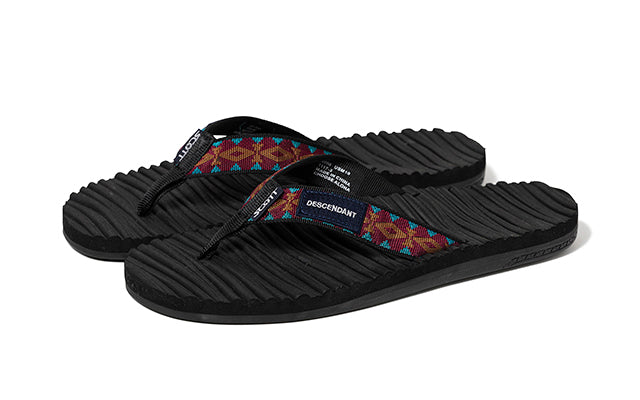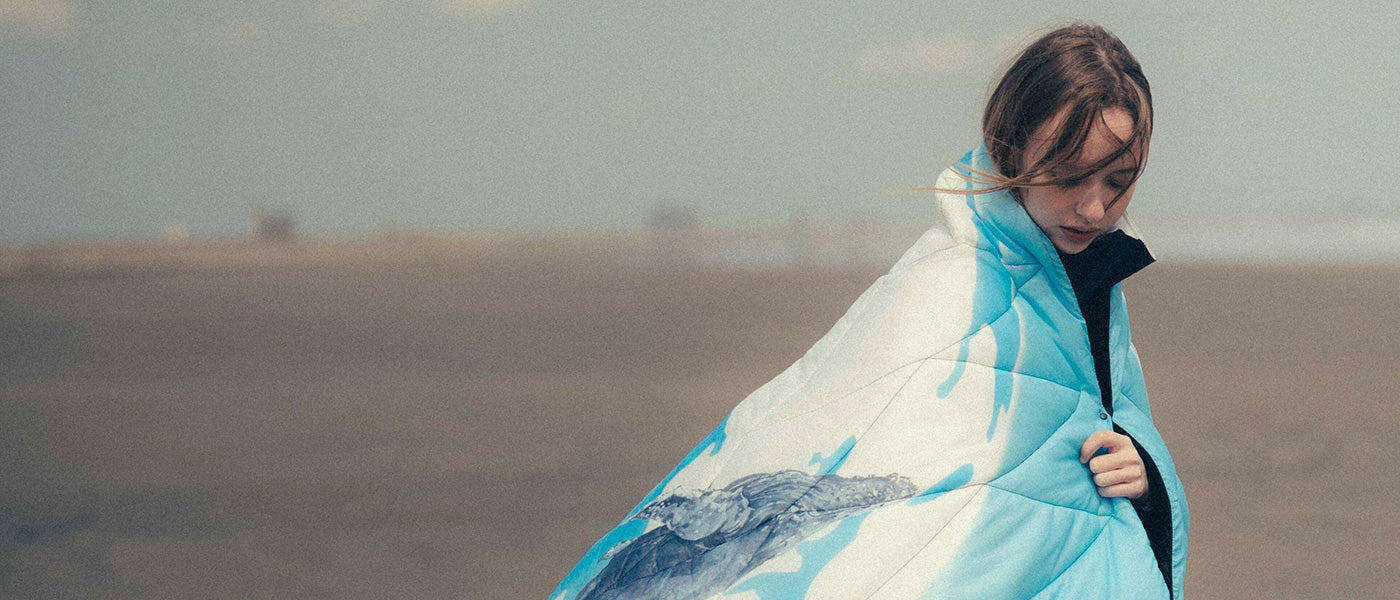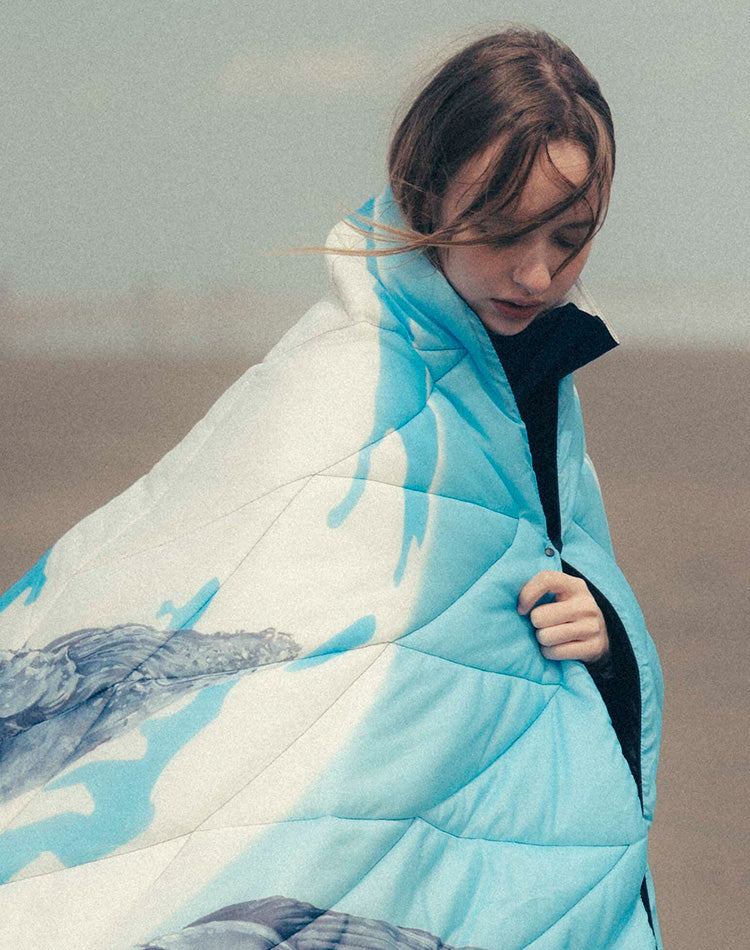FEATURE 83
Mahi Mahi pattern slippers.It was 2018 when we first collaborated with local Hawaiian brand SCOTT HAWAII. It’s been some time since our last collaboration in 2019 and this will now be our third time around.
I was first exposed to SCOTT when my uncle, who lived in Hawaii, brought a pair of beach sandals as a souvenir from America. I think the year was 1984 because Los Angeles Olympics were going on.
I started working with SCOTT because my cousin, who lived in Hawaii, had a relationship with the SCOTT brothers. I visited their office and saw their laid-back Hawaiian island vibe approach and many cool dead stock parts and I thought it would be fun to create something with them. The Scott Family has been making sandals, also called "slippers," in Hawaii for over 90 years.


As I had a cousin in Hawaii, I often spent vacations there and became one of those obsessed with Hawaii's charm. Unfortunately, delivering the feeling of island vibes after coming home to Tokyo is challenging. It is a tourist destination, but there are many aspects you will only understand, such as the feeling of beach hopping, fishing and shopping, if you are physically there. Once you land on the islands, there is no time to wear socks, so you need slippers like SCOTT's. However, the full SCOTT collection is not available everywhere in Hawaii. I like the fact that you have to look for them carefully. Additionally, they are hard to find in Japan.
Long story short, we chose a Mahi Mahi pattern for the strap because I recalled our first collaboration, which happened five years ago, I had a club concept called "Mahi Mahi Fish Club" and decided to make Mahi Mahi into a textile. The Japanese name is "Shiira." In Hawaii, it is a familiar luxurious fish called "Mahi Mahi." We see them a lot in meals. They are also called "rainbow fish" because their color changes to yellow, blue and green hues once they are pulled out from the water. Really, "Mahi Mahi Fish Club" should be named "Fishing Club," but because we like the fish, we named it "Fish Club." (Laughs)

This kind of natural pattern may be found in places like Hawaii, but in Tokyo, it's less conscious and nature is not nearby, so it's hard to come up with the idea. Fish patterns can be described as an earth color and it can also be called camouflage patterns because it makes them hard to see from the surface of the ocean. It is a fun experiment to turn organic things like this into textiles.
The first one we made in 2018 used dead stock webbing tape with a footbed shaped like a lava flow representing Hawaii. Perhaps many people wore them without knowing that the footbed was modeled after lava.
The footbed that was used was a custom design that resembled Pāhoehoe lava which has a smoother and ropy crust.
For our second collaboration in 2019, we created something that would be considered formal in Hawaii.Compare to other Hawaiian beach sandals, they were heavy with beautiful high arches and prime quality.
This year’s pair is with an original Mahi Mahi pattern strap with an ivory outsole. Like the bottom side of the fish. (Laughs)
Not only beach sandals but I also think the neck shade hats and white long sleeve shirts are not fashion pieces but are more like tools for people who live closer to the ocean. Under that environment, they are like workwear that you can't help but wear the avoid the intense sun. Sometimes wearing a long sleeve on summer days is cooler than a short one. Just a regular cotton long sleeve shirt with a worn out neckline is cool to me. I like the look of people with "salt life" and their daily wear that represents everyday beach life. I believe that the formal attire for the beach is white long sleeves, shorts, a hat with a sunshade and beach sandals. I don't want to forget that this is our origin, so we make white long sleeves in summer at DESCENDANT. I'm happy to be able to make "slippers" with SCOTT this year.

Spoken by Tetsu Nishiyama
“SCOTT HAWAII MAHI MAHI SANDALS will be available at DESCENDANT dealers beginning in early July.







